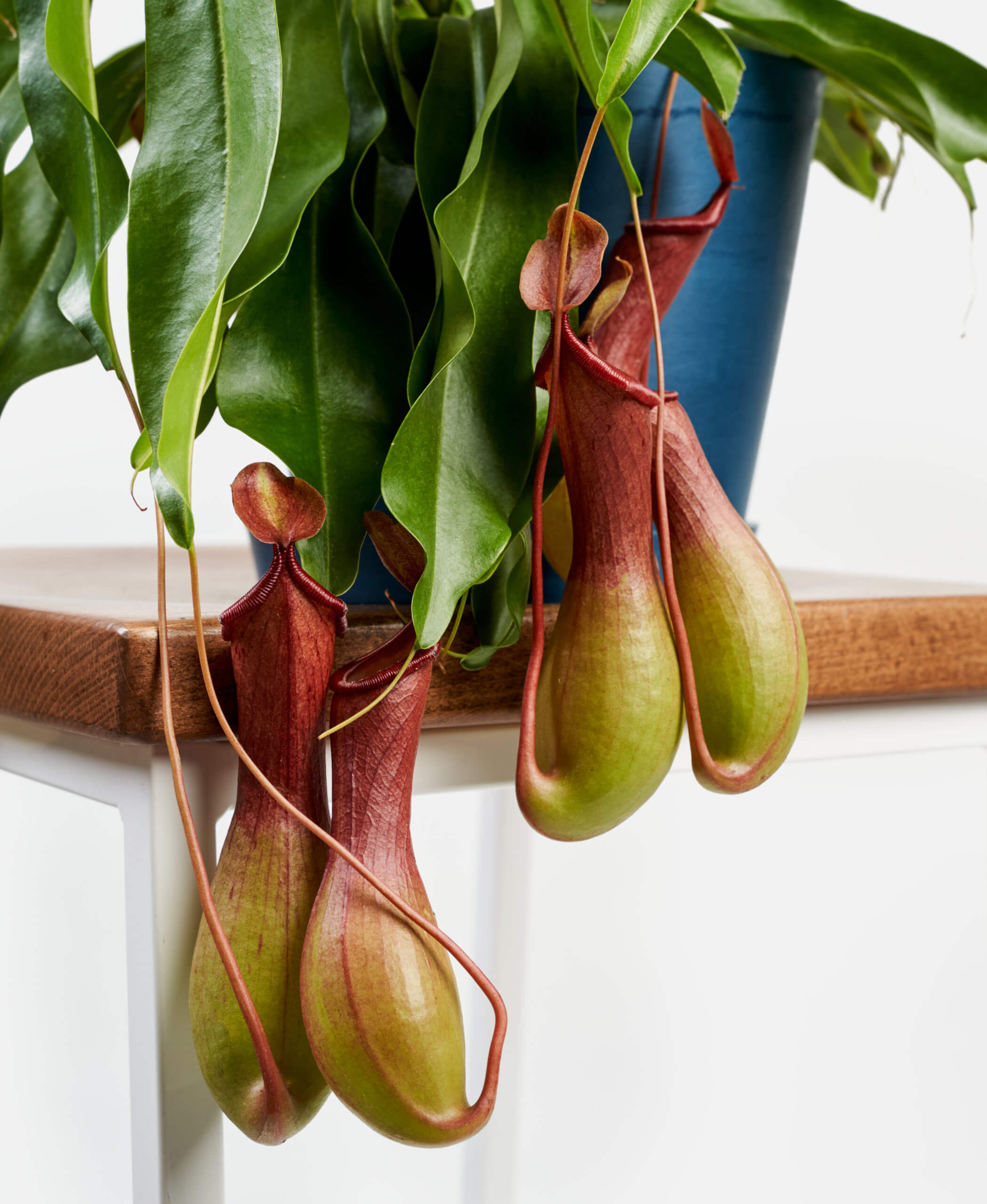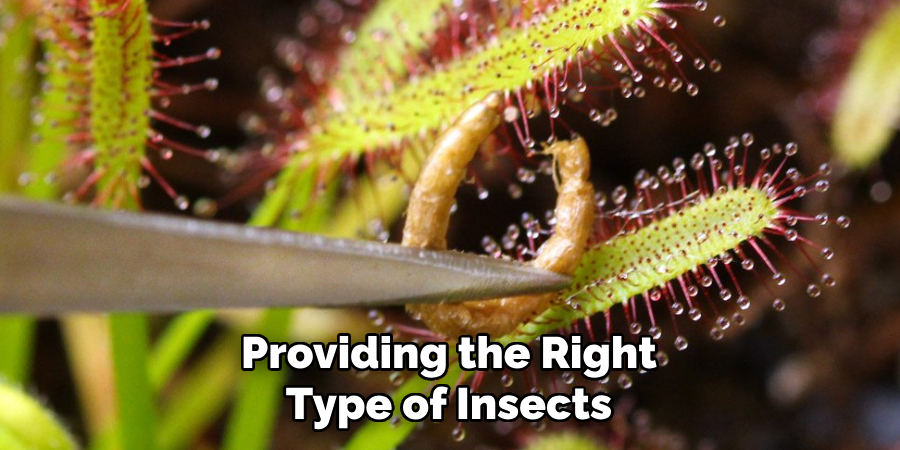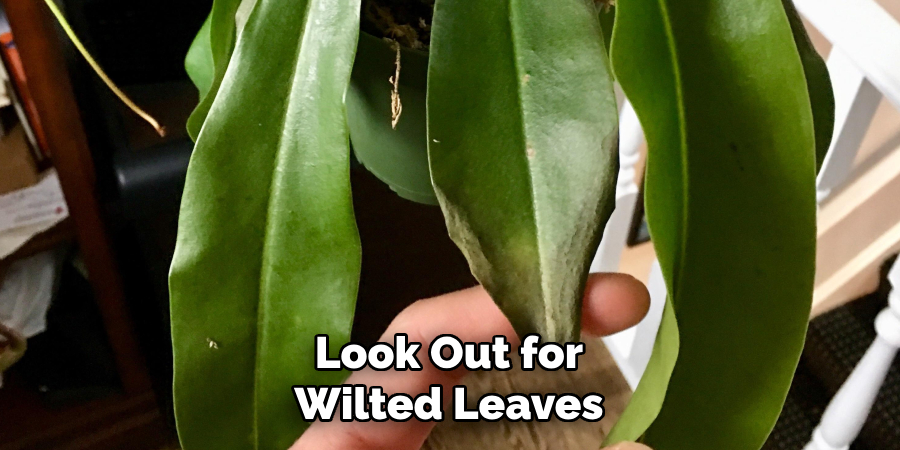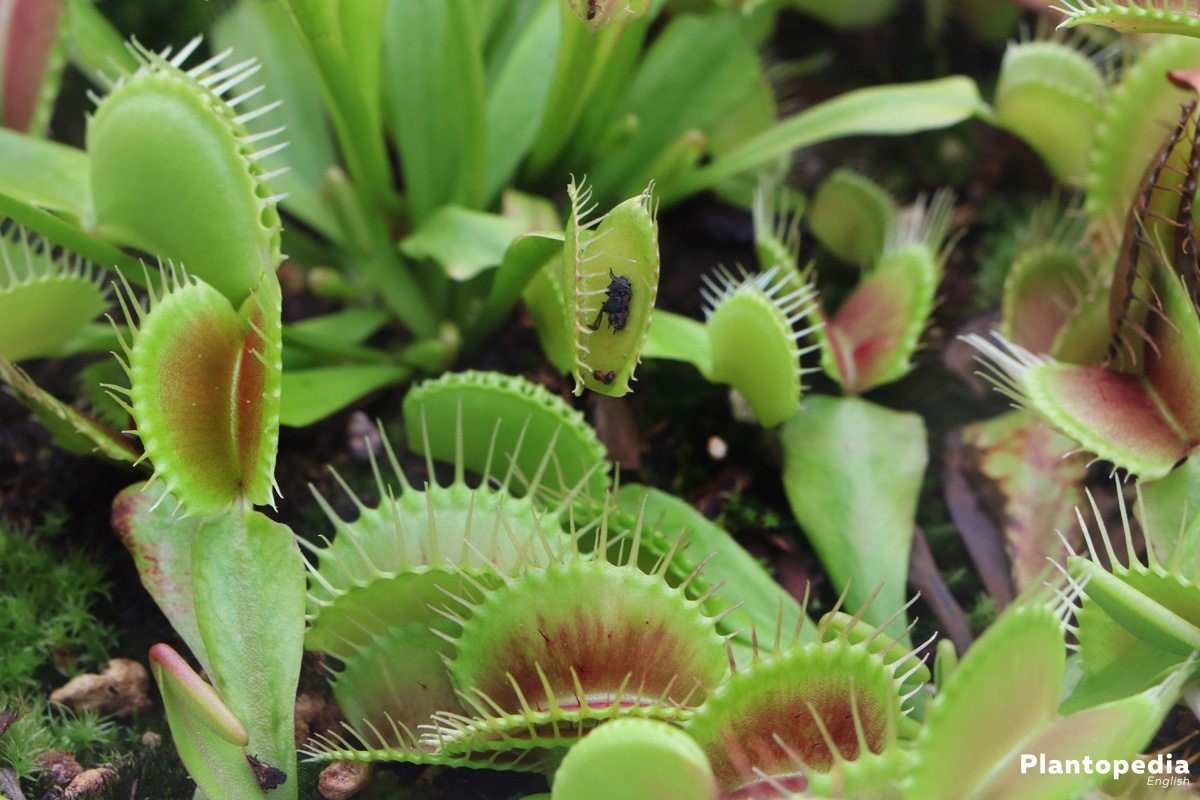To take care of carnivorous plants, provide them with a suitable growing environment and ensure they receive proper feeding through insects or other sources of meat. Carnivorous plants thrive in specific conditions that mimic their natural habitat, such as high humidity, ample sunlight, and well-drained soil.
Avoid using tap water or fertilizers that contain minerals as these can harm the plants. It’s important to understand the specific care requirements of each variety to ensure they remain healthy and vibrant. Remember to regularly remove dead leaves and debris from the plants, as well as maintain the appropriate water and light levels.

Credit: bloomscape.com
What Are Carnivorous Plants?
Carnivorous plants are a unique and fascinating group of plants found in different parts of the world. These plants possess the ability to trap and feed on small insects and other organisms, supplementing their nutritional needs. They have developed various structures and mechanisms to capture their prey, such as sticky hairs, pitfall traps, and snap traps.
This adaptation allows them to thrive in nutrient-poor environments where other plants would struggle. Carnivorous plants can be categorized into different species, each with its own distinct characteristics and trapping mechanisms. Some well-known examples include the venus flytrap, pitcher plants, and sundews.
Despite their carnivorous nature, these plants still require special care to maintain their health. Adequate light, appropriate soil conditions, and proper watering are essential factors to consider when growing carnivorous plants. With the right care and attention, these fascinating plants can be a great addition to your indoor or outdoor garden.
Why Do Carnivorous Plants Eat Insects?
Carnivorous plants consume insects due to their unique adaptations and the necessity for insect consumption. These plants have evolved to survive in nutrient-poor environments, where they have developed specialized mechanisms to capture and digest prey. The insects provide essential nutrients, such as nitrogen and phosphorus, which are lacking in the soil.
By trapping and digesting insects, carnivorous plants are able to extract these vital nutrients and thrive in their natural habitats. Various mechanisms, such as sticky surfaces, pitcher-like structures, or snap traps, are employed by different carnivorous plant species to capture their prey.
The adaptive evolution of carnivorous plants has allowed them to thrive in environments where their non-carnivorous counterparts would struggle. Understanding why carnivorous plants eat insects helps us appreciate the fascinating strategies these plants have developed to survive and thrive.
Different Types Of Carnivorous Plants
Carnivorous plants come in various types, each with distinct maintenance and care requirements. These plants have adapted to survive in low-nutrient environments by obtaining nutrients from insects and other prey. The venus flytrap, known for its snapping jaws, is a favorite among carnivorous plant enthusiasts.
Sundews, with their sticky tentacles, also trap insects for sustenance. Pitcher plants, such as the nepenthes and sarracenia, lure prey into their pitcher-shaped traps, filled with digestive enzymes. Another intriguing carnivorous plant is the bladderwort, which has small bladder-like structures that suck in and digest insects.
Despite their differences, all carnivorous plant species require specific conditions like acidic soil, ample sunlight, and distilled water. By understanding the unique needs of each carnivorous plant, you can provide the proper care and create a thriving environment for these fascinating botanical wonders.
How to Take Care of Carnivorous Plants: Step by Step Guide
Choosing A Carnivorous Plant
Factors to consider when choosing a carnivorous plant include climate, growing conditions, available space, sunlight, and feeding preferences. The climate and growing conditions should match the specific requirements of the plant. Some carnivorous plants thrive in warm and humid climates, while others prefer cooler temperatures.
Additionally, the available space in your home or garden should be sufficient to accommodate the plant’s growth. It’s important to provide adequate sunlight, as carnivorous plants typically require full sun for optimal health. Moreover, you should consider the feeding preferences of the plant.
Different species have different dietary needs, ranging from insects to small amphibians. By taking all these factors into account, you can ensure that your carnivorous plant thrives and remains healthy in its new environment.
Creating The Ideal Growing Environment
Creating the ideal growing environment is vital for the care of carnivorous plants. Proper container selection ensures sufficient space. Soil and water requirements must be met to promote healthy growth. It is important to provide the right temperature and humidity levels for these unique plants.
Maintaining an optimal climate encourages their survival and overall well-being. By following these guidelines, you can ensure the longevity and success of your carnivorous plants, allowing them to thrive in their environment. With proper care, these fascinating plants will continue to capture our curiosity and add a touch of nature’s wonder to our lives.
Feeding And Watering Techniques

Feeding and watering carnivorous plants requires providing the right type of insects. The frequency and quantity of feeding should be based on the plant’s specific needs. Different carnivorous plant species have varying watering methods. It is important to research and understand the water requirements of each plant to prevent over or under watering.
Some plants prefer to be kept constantly moist, while others require periodic dry periods. Overwatering can lead to root rot, while underwatering can cause the plant to wilt and die. By providing the appropriate insects and understanding the watering needs of carnivorous plants, you can ensure their health and longevity.
Regular observation and adjustment of feeding and watering methods will help maintain thriving carnivorous plants.
Repotting And Maintenance
Carnivorous plants require proper repotting and maintenance to thrive. One sign that a plant needs repotting is when its roots start to overcrowd the pot. To successfully repot, follow these steps: gently remove the plant from the current pot, carefully loosen the roots, and place it in a larger container with fresh carnivorous plant soil.
Routine maintenance is essential for their well-being. Regularly monitor the soil moisture level and water them with distilled water or rainwater. Avoid using tap water or fertilizers, as they can harm the plant. Pruning is also crucial to maintain their health.
Trim any dead or damaged leaves to ensure proper growth. By following these guidelines, you can provide the care these unique plants require and enjoy their fascinating carnivorous nature in your home.
Dealing With Pests And Diseases
Carnivorous plants require special care to thrive. When it comes to dealing with pests and diseases, identification is crucial. Common pests such as aphids and spider mites can harm these plants. Regularly inspect leaves for signs of infestation. If you notice small, crawling insects or webbing, take immediate action.
Treat the affected areas with a gentle insecticidal soap, making sure to follow the instructions carefully. Additionally, fungal infections can pose a threat to carnivorous plants. To prevent such diseases, provide good air circulation and avoid over-watering. Ensure your plants receive adequate sunlight, as this helps to promote healthy growth and prevent fungal issues.
Moreover, maintaining clean growing conditions is essential. Regularly remove dead leaves and debris from the pot to prevent the buildup of harmful bacteria or fungi. Following these preventive measures will help your carnivorous plants flourish.
Adjusting Care For Different Seasons
Caring for carnivorous plants requires adjustments based on the seasons. During winter, it’s crucial to overwinter outdoor plants to protect them from freezing temperatures. For spring and summer, maintain a consistent watering schedule and provide ample sunlight. In the fall, gradually reduce watering and prepare plants for their dormant period.
Adjusting care for different seasons ensures the plants’ health and longevity. Pay attention to temperature fluctuations and adjust accordingly. Research each plant’s specific needs to provide optimal care throughout the year. With proper adjustments, your carnivorous plants will thrive and continue to attract and consume insects.
Remember to regularly monitor their condition and make necessary changes to keep them healthy and happy.
Reviving Unhealthy Carnivorous Plants

Carnivorous plants require special care to thrive. If you notice signs of stress and poor health, it’s essential to take action to revive your plant. Look out for wilted leaves, browning edges, and a lack of new growth. These indicators suggest that your carnivorous plant needs attention.
To bring back its vibrancy, ensure that it receives adequate sunlight, water, and humidity. Use purified or distilled water to prevent chemical buildup and avoid fertilizing the plant, as it gets its nutrients from capturing insects. Remove any dead leaves or traps to maintain the plant’s cleanliness.
Finally, be patient and consistent in your care routine, as it may take time for your carnivorous plant to fully recover. Following these guidelines will help your plant thrive and display its unique and fascinating carnivorous abilities.
Frequently Asked Questions On How To Take Care Of Carnivorous Plants
How Often Do Carnivorous Plants Need To Be Watered?
Carnivorous plants should be watered using distilled or rainwater to avoid mineral buildup. The frequency of watering depends on various factors such as the type of plant, season, and the size of the pot. As a general rule of thumb, it’s recommended to keep the soil moist but not waterlogged.
What Kind Of Soil Do Carnivorous Plants Need?
Carnivorous plants require nutrient-poor soil that is acidic and well-draining. A mix of sphagnum peat moss and perlite is commonly used as it mimics the natural environment of these plants. Avoid using regular potting soil or fertilizers as it can harm the plants.
Can Carnivorous Plants Be Grown Indoors?
Yes, carnivorous plants can be grown indoors as long as their specific requirements are met. They need to be placed near a sunny window where they can receive at least 4 to 6 hours of direct sunlight each day. Additionally, they require high humidity levels and proper air circulation.
Conclusion
Taking care of carnivorous plants may seem challenging at first, but with a little knowledge and dedication, it can be a rewarding experience. Remember to provide them with the right environment, including plenty of sunlight and distilled water. Avoid using tap water or fertilizers that may harm these delicate plants.
Understanding the specific needs of each species is crucial, so do your research beforehand. Take note of any changes in their appearance or behavior, and make adjustments accordingly. By feeding them appropriately with insects or other small creatures, you can promote their growth and overall health.
Regularly clean their traps to ensure they function properly. Ultimately, the key to successfully caring for carnivorous plants lies in patience and consistency. With the right approach, you can enjoy a thriving collection of these fascinating and unique plants that will continue to captivate and amaze you.

